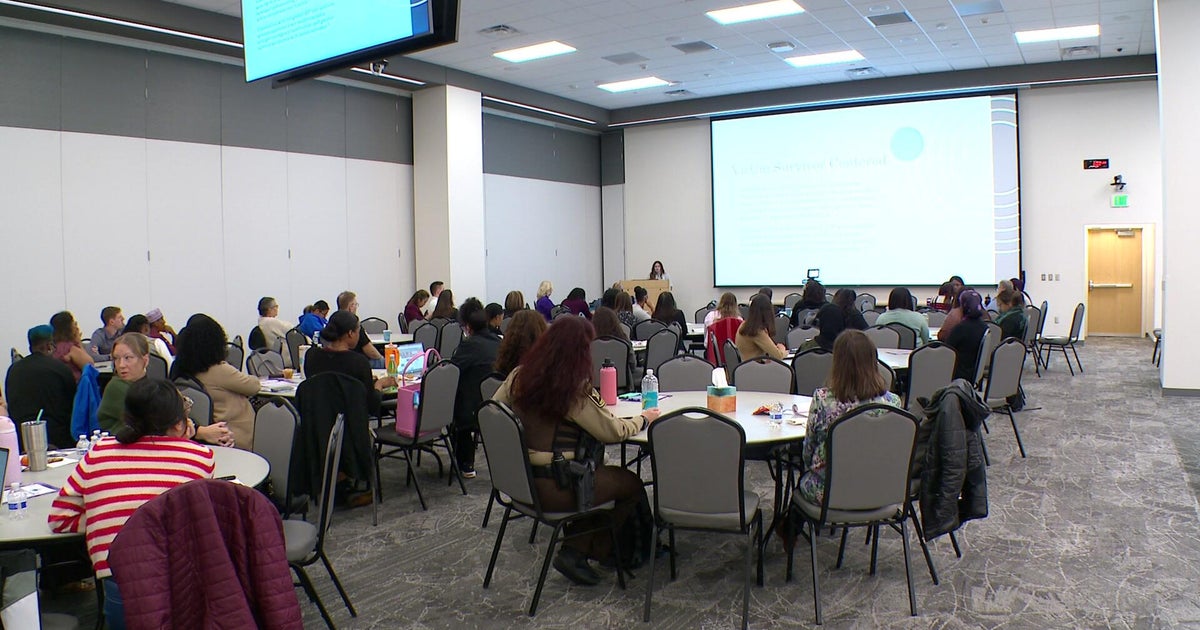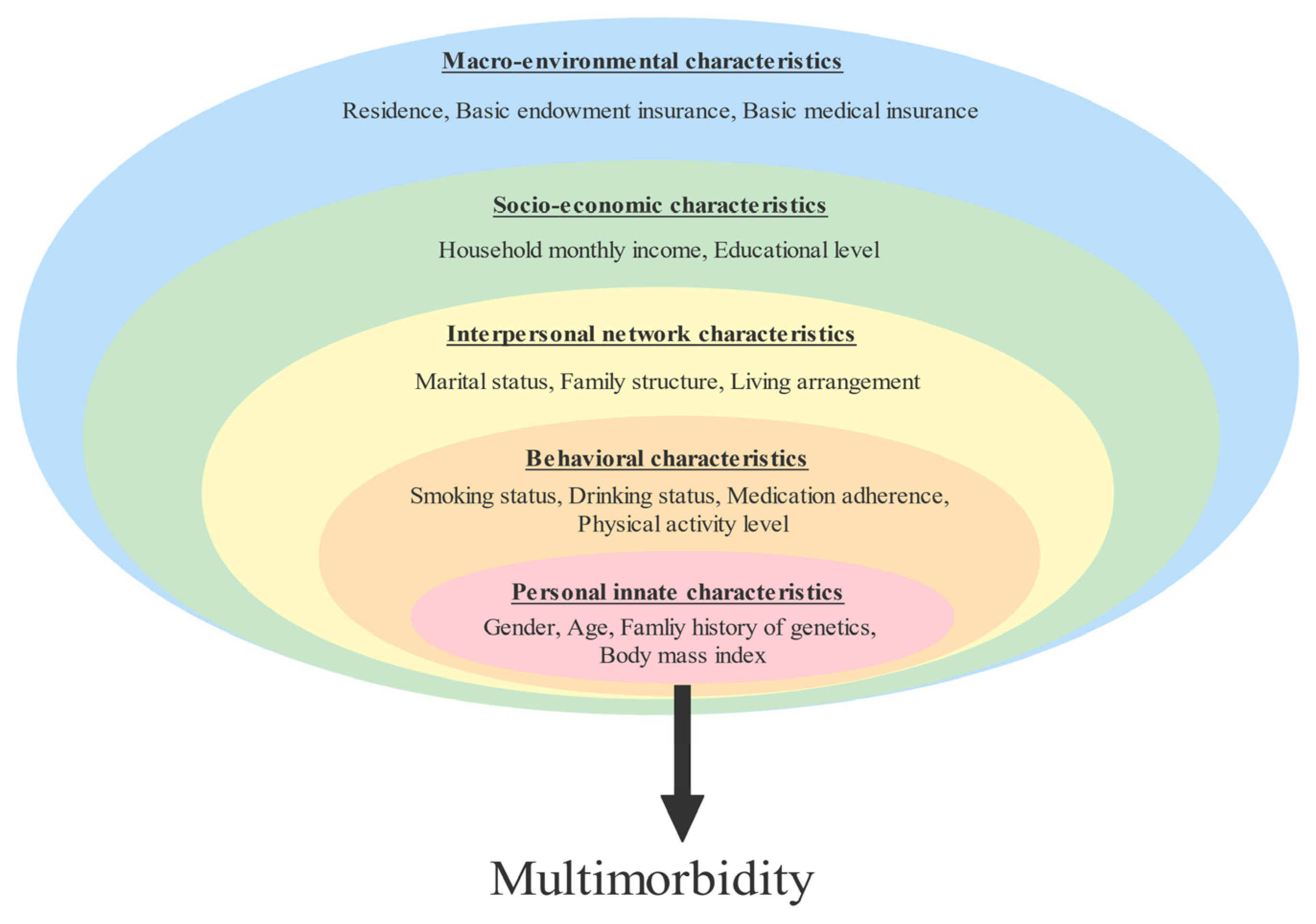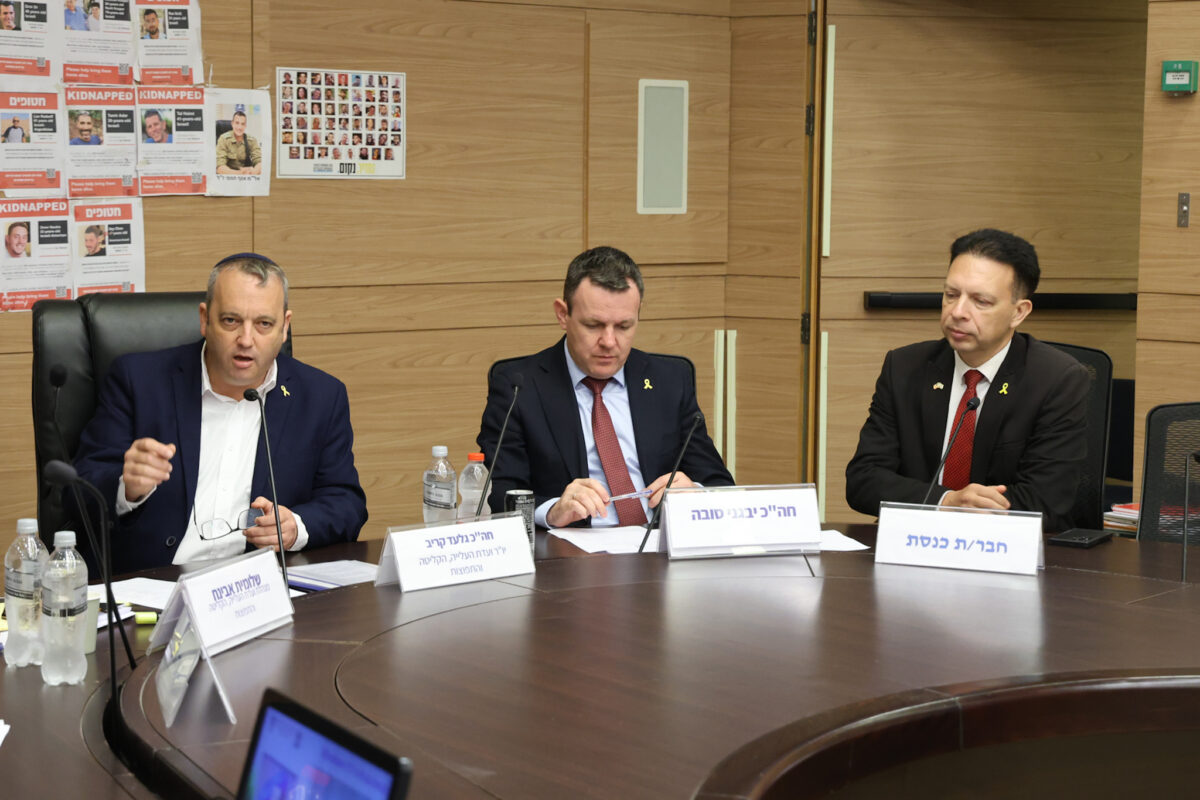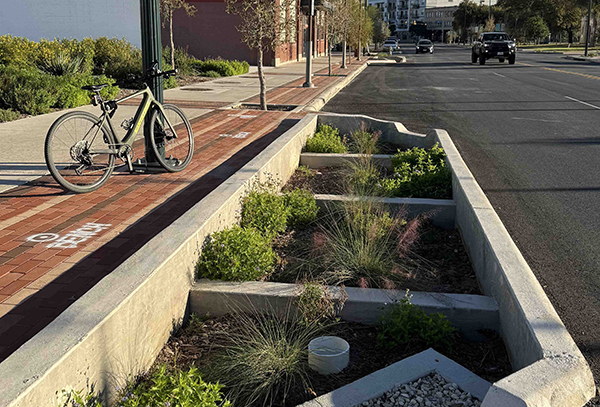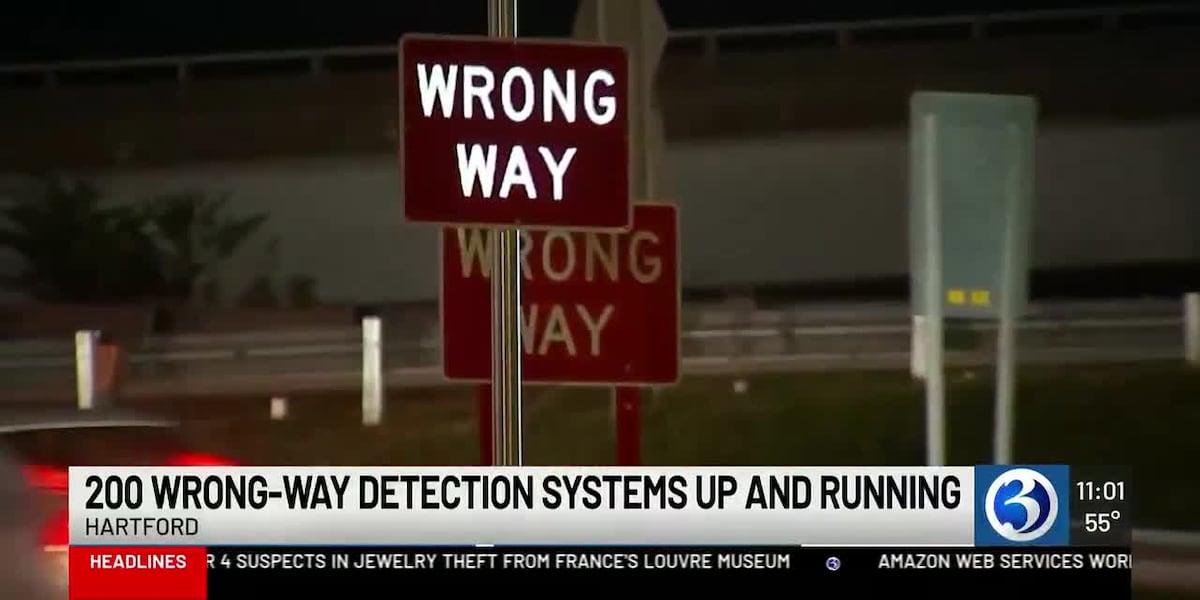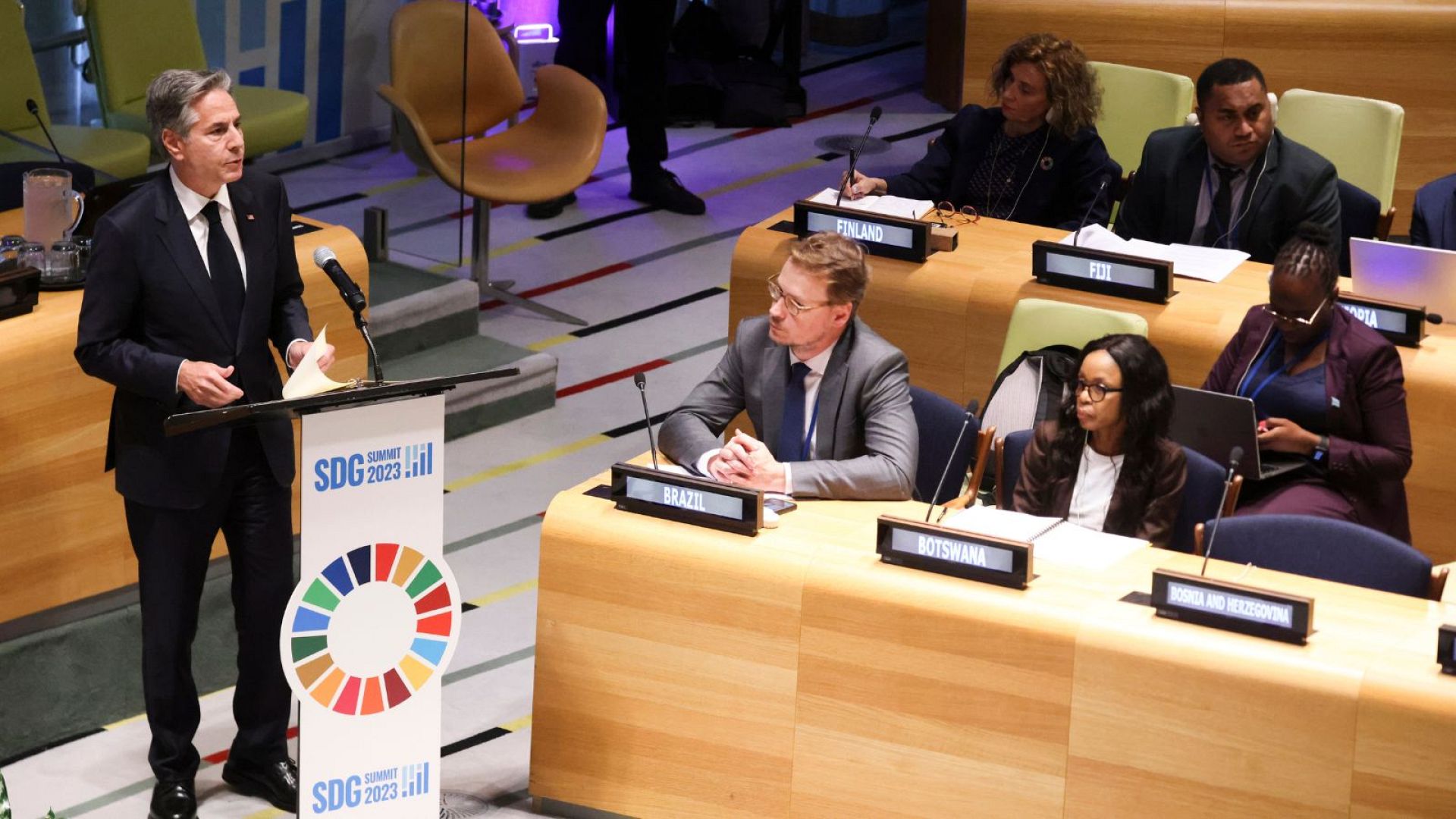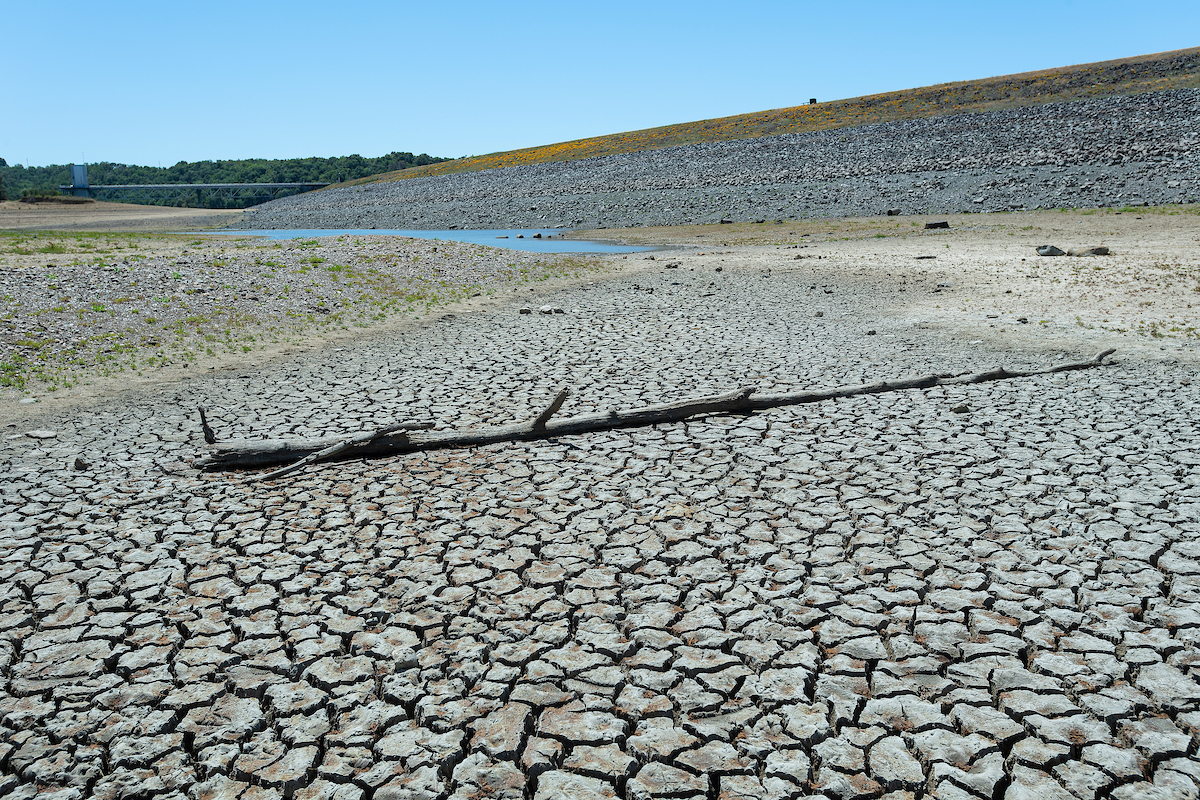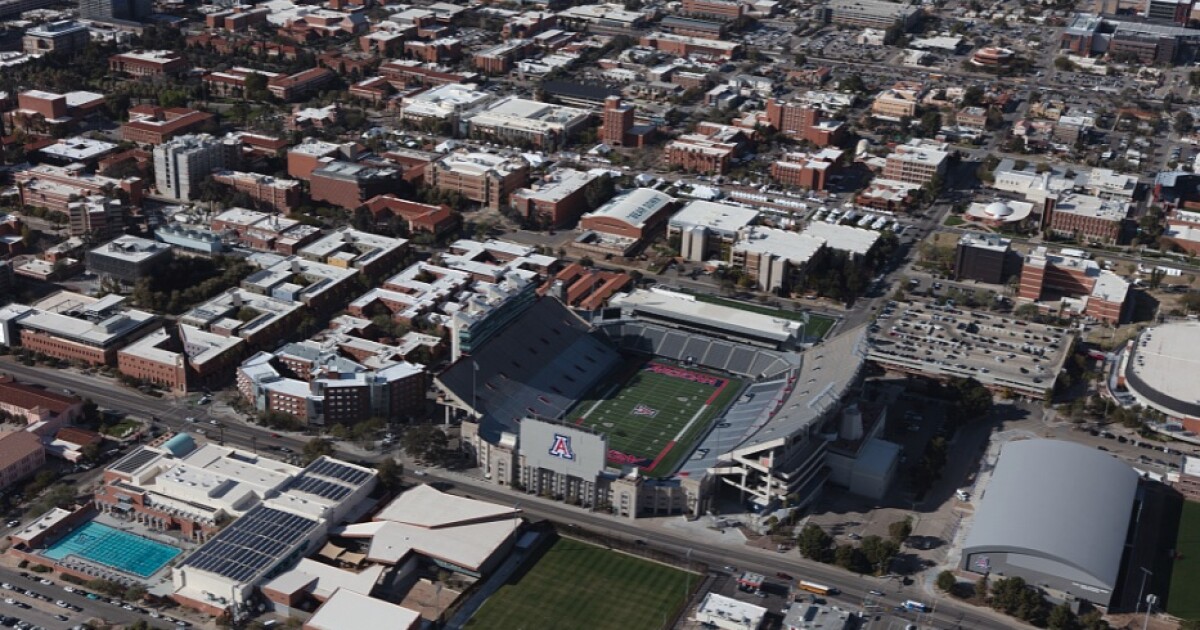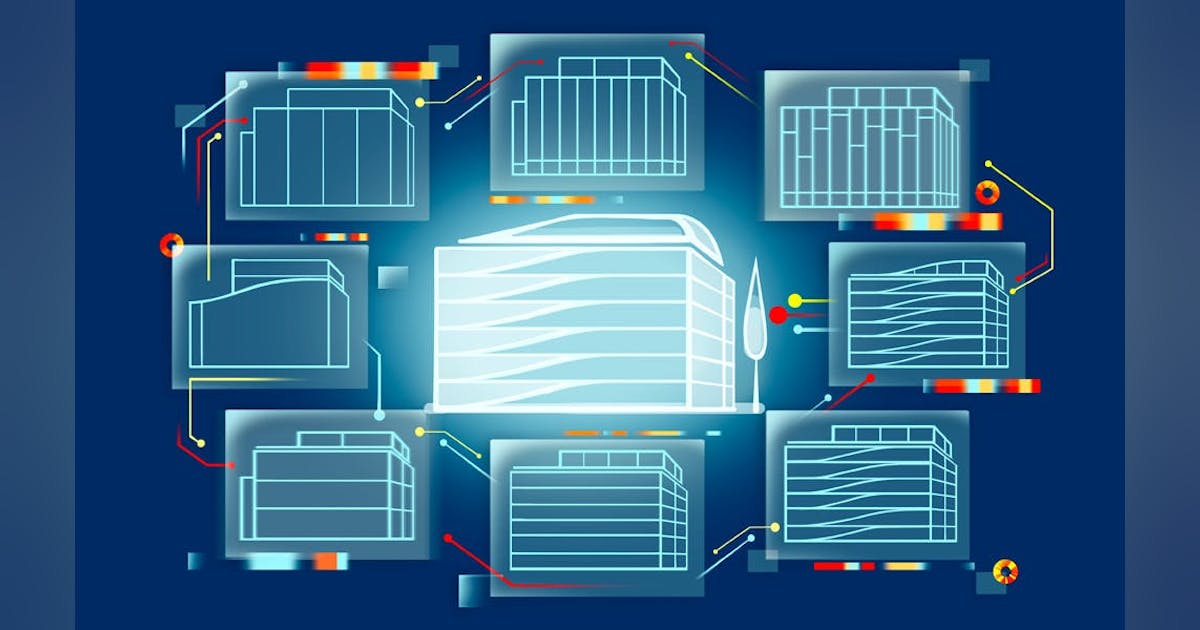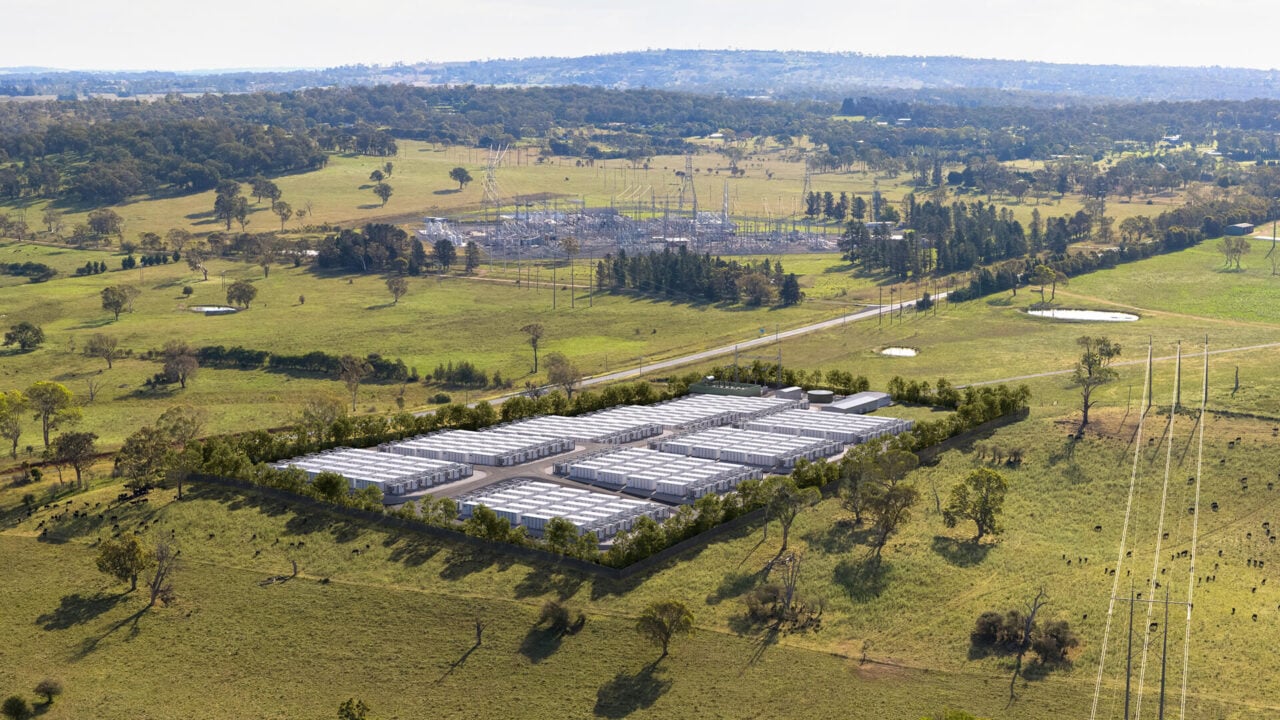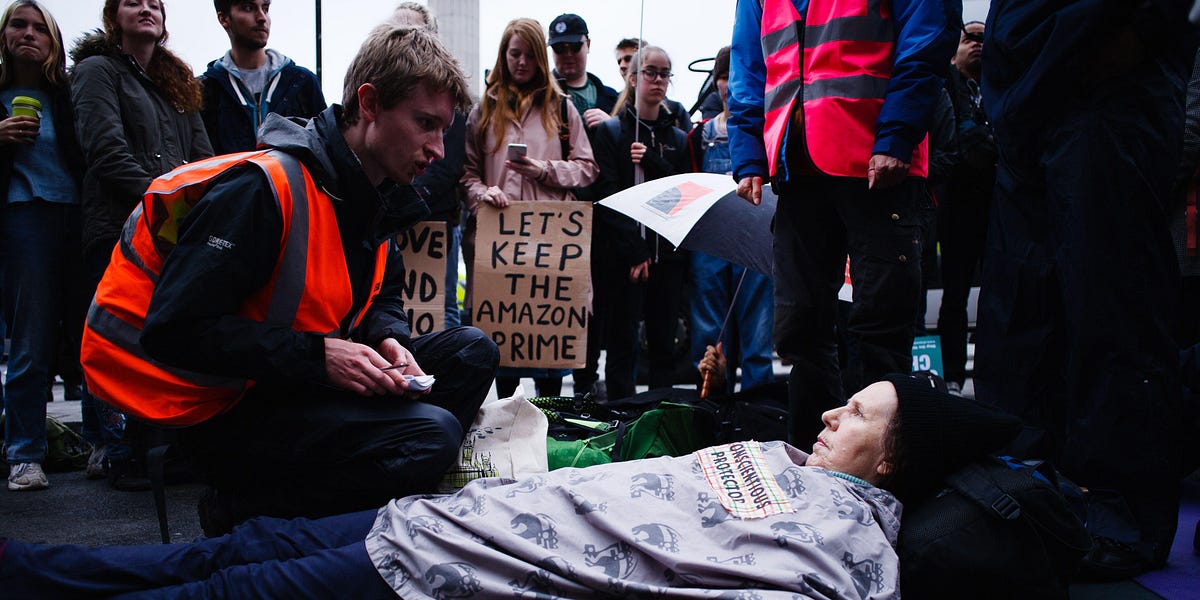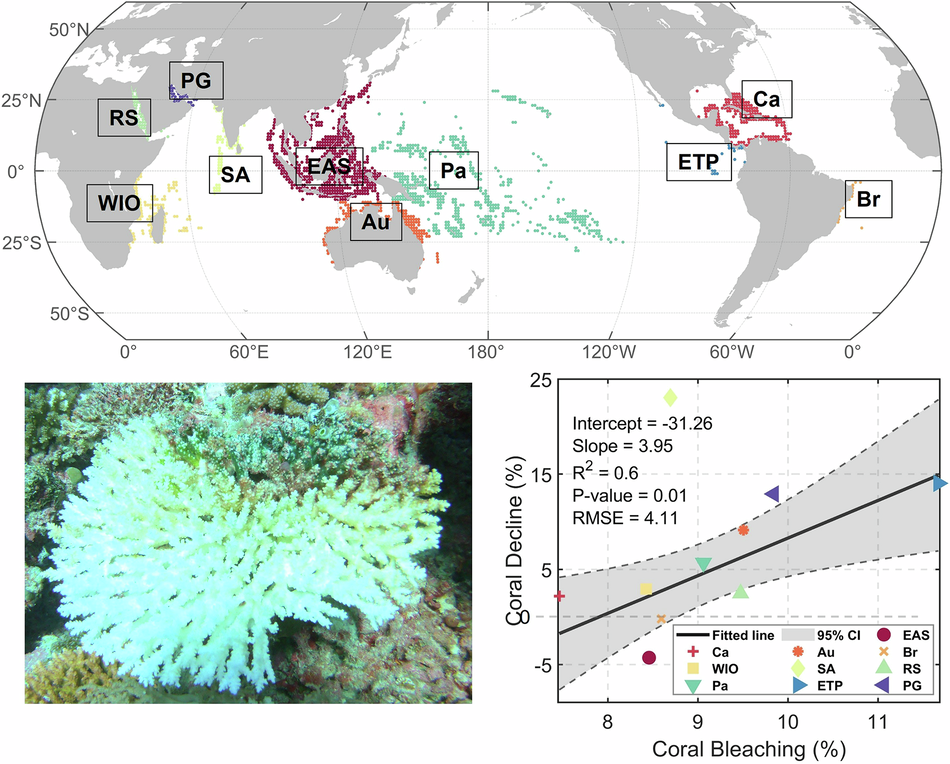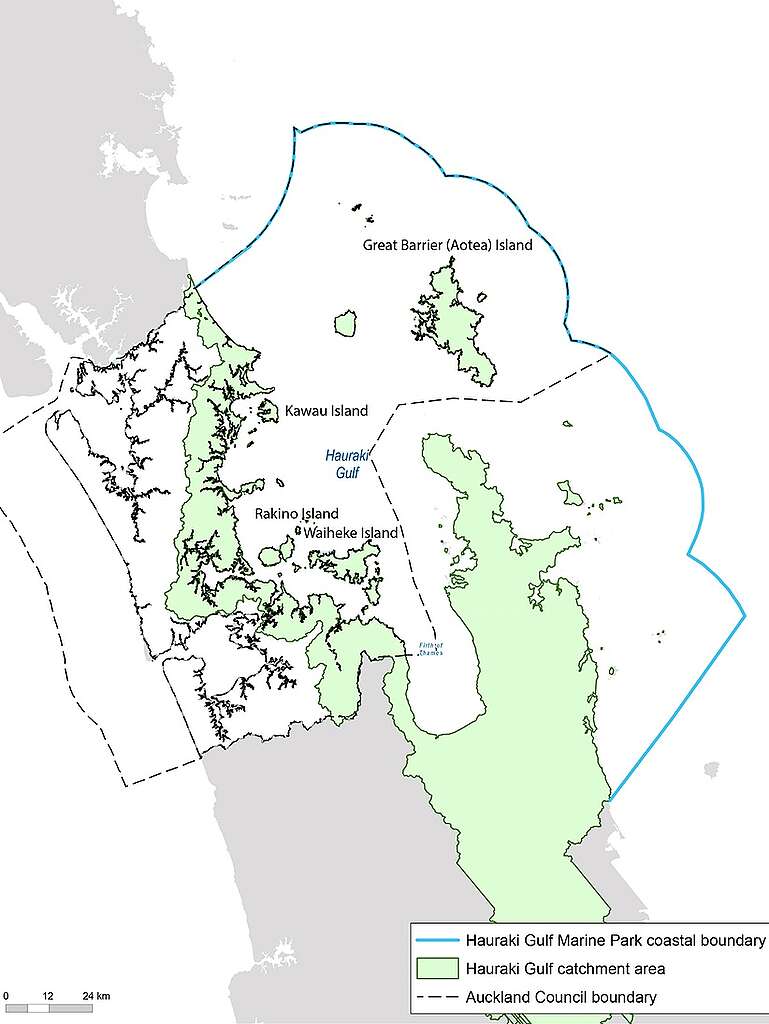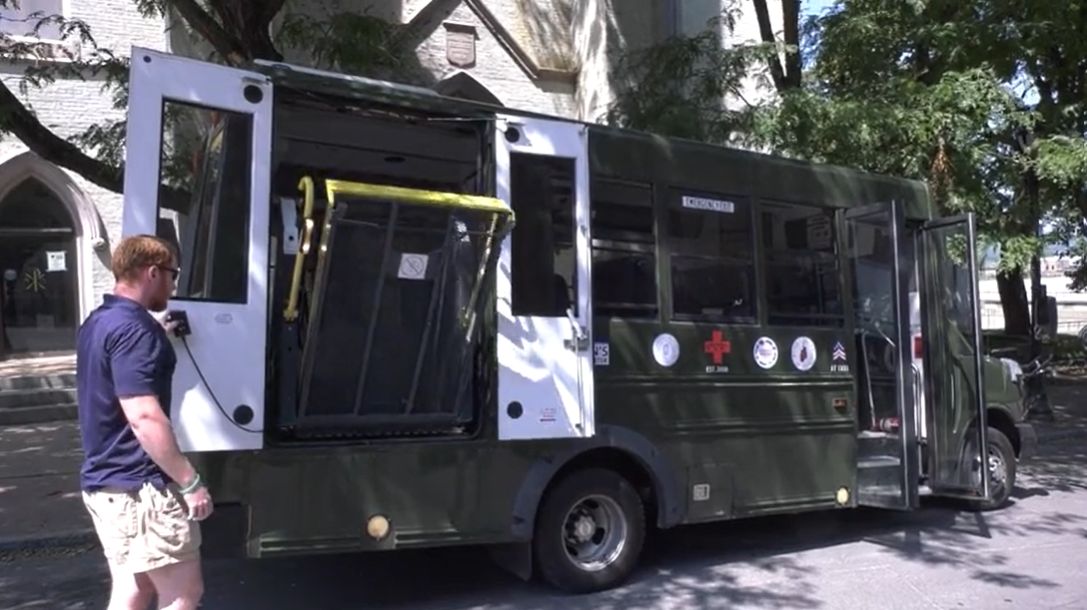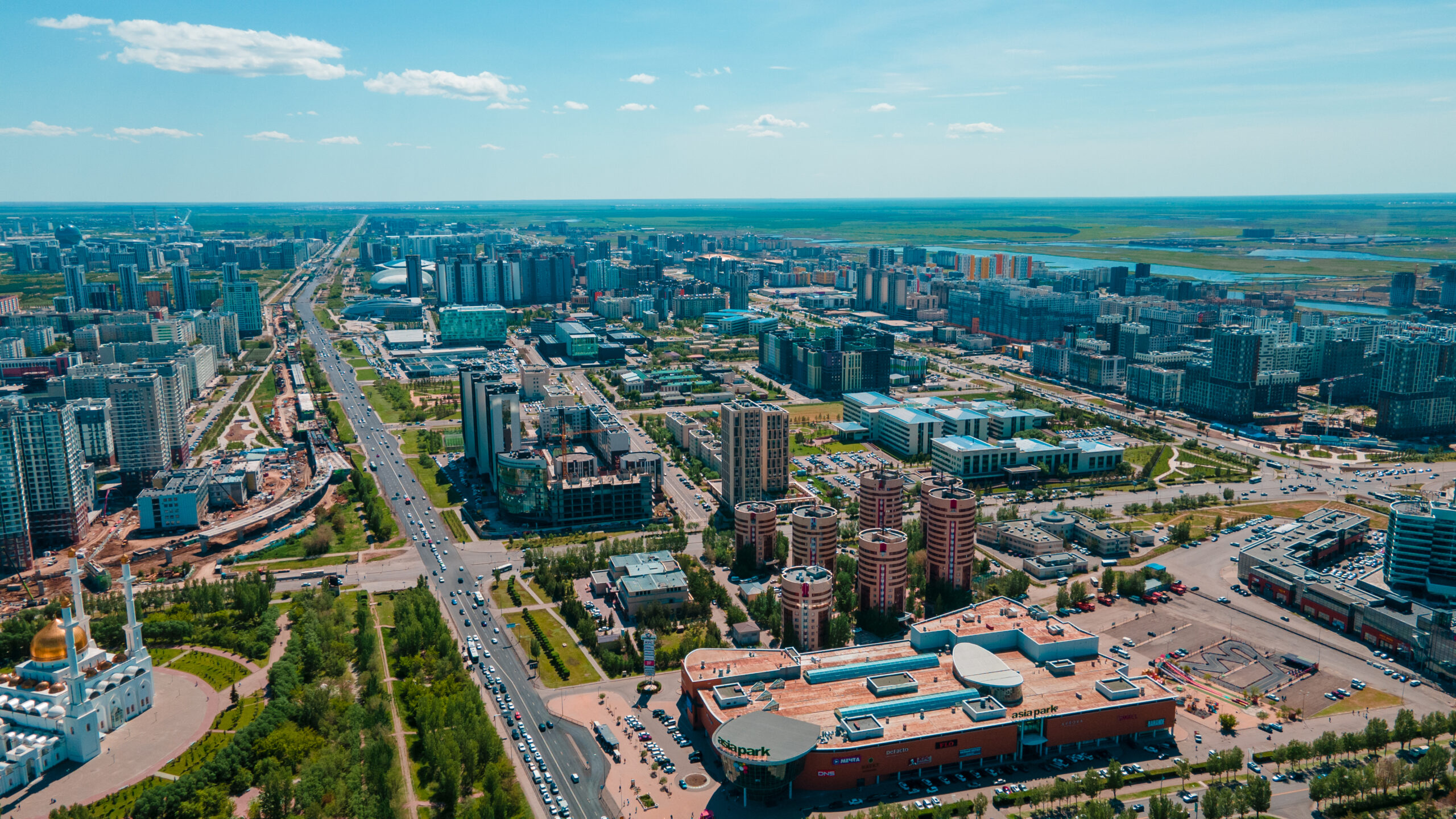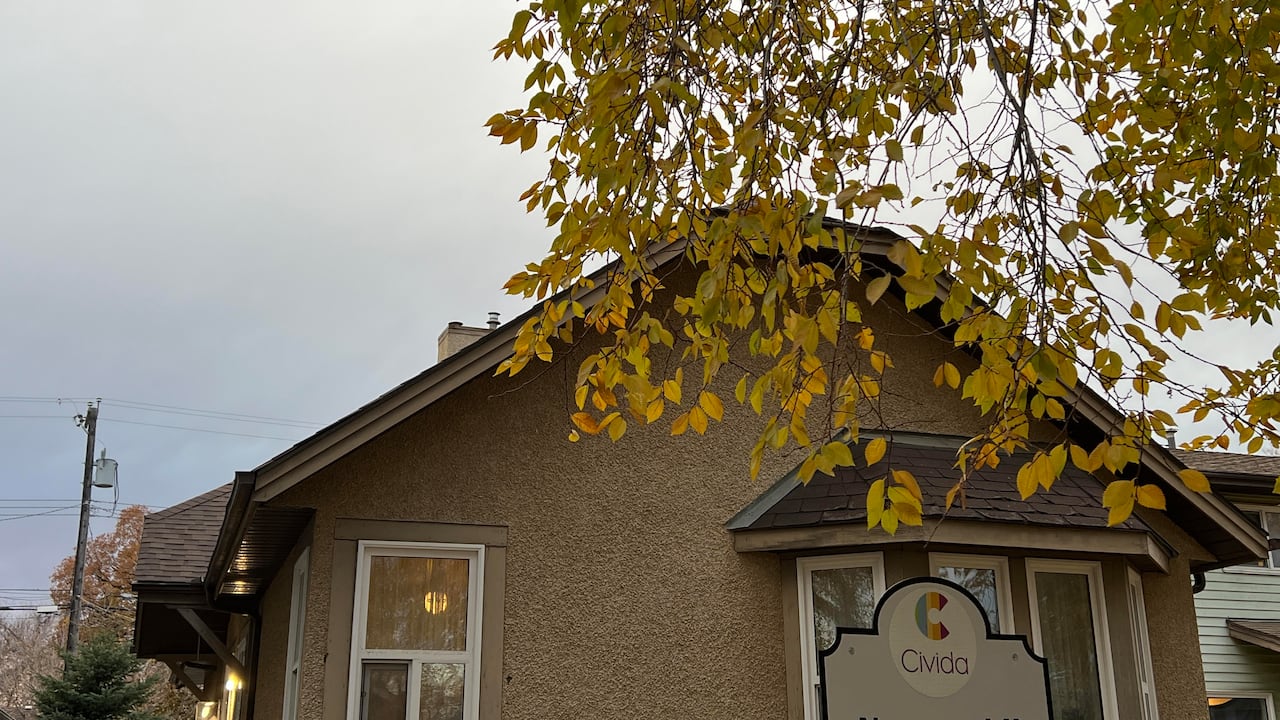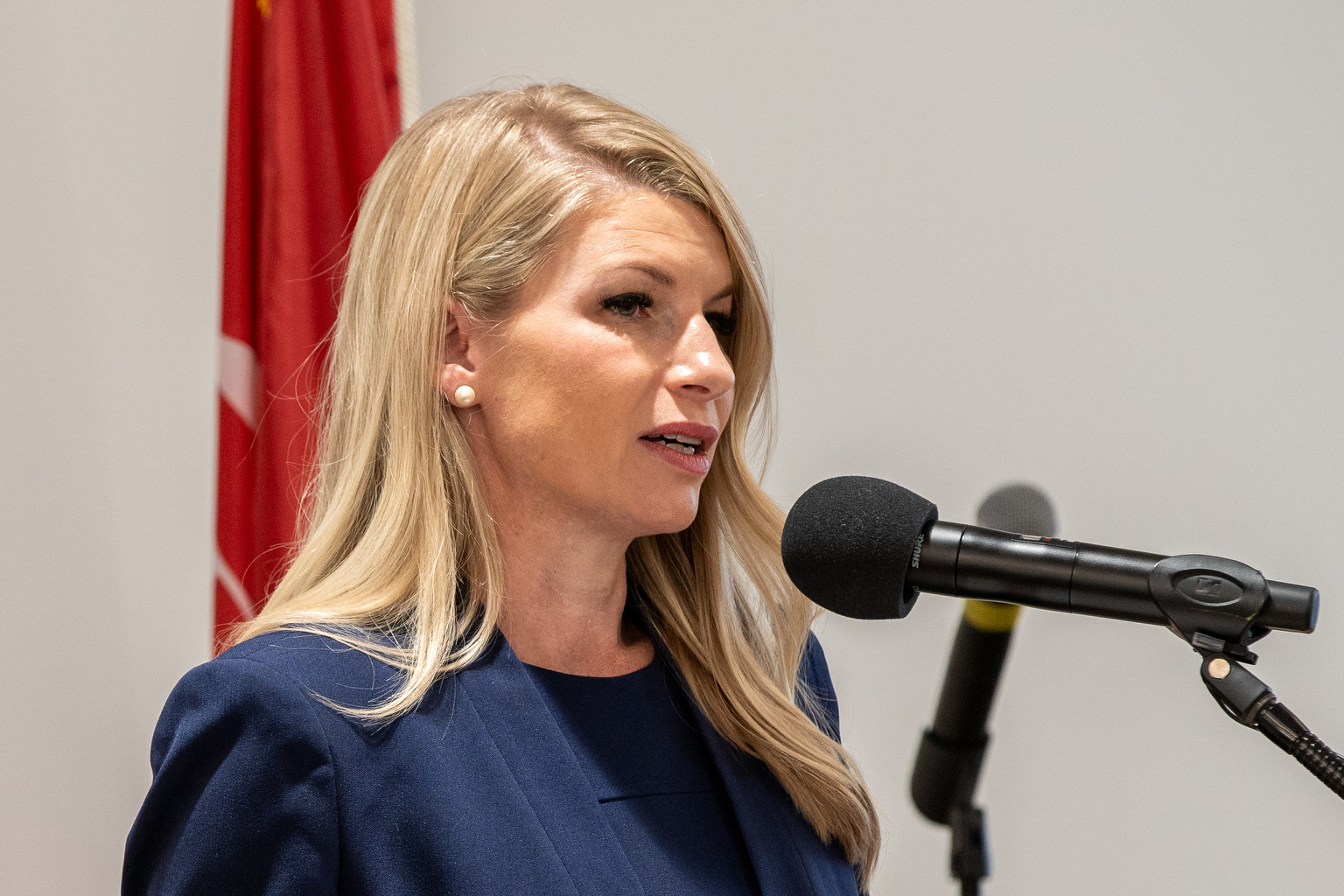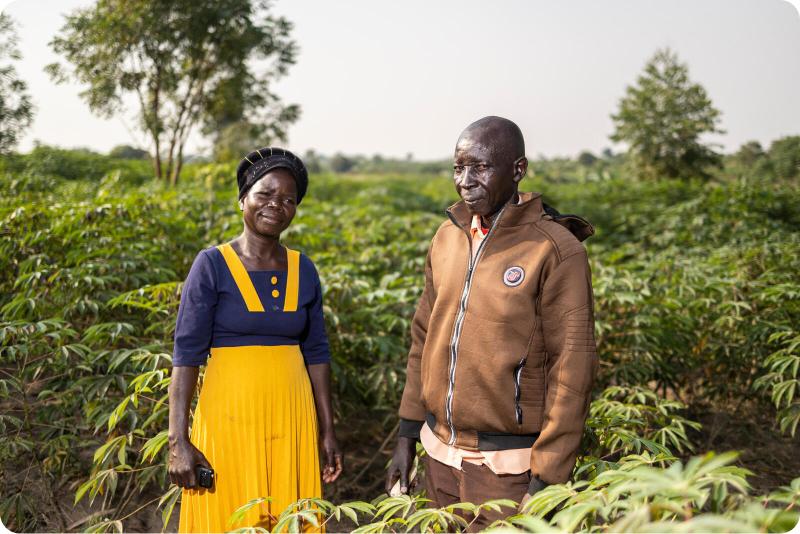Assistance tool helps CPS Energy customers save time and money – San Antonio Report

Report on CPS Energy’s Assistance Finder Initiative and its Contribution to Sustainable Development Goals
Introduction: Addressing Energy Insecurity in Texas
In response to rising energy costs and the challenges posed by extreme weather events, CPS Energy has launched the Assistance Finder tool. This initiative aims to streamline access to financial assistance and energy conservation programs for households in the San Antonio area. The tool represents a significant step towards achieving several United Nations Sustainable Development Goals (SDGs) by addressing energy affordability, promoting conservation, and supporting vulnerable populations.
A Centralized Approach to Support and Sustainability
Historically, the process for obtaining energy assistance required customers to navigate multiple applications for various programs, creating a significant administrative burden. This complexity often hindered access for those most in need, thereby impeding progress on key social and economic development targets.
The Assistance Finder tool, introduced in July 2024, consolidates these applications into a single, simplified interface. The successful engagement of nearly 29,000 customers by June 2025 underscores the high demand for accessible support and the tool’s effectiveness. By simplifying access, CPS Energy directly supports long-term energy conservation and enhances grid resiliency, aligning its operations with global sustainability objectives.
Analysis of Assistance Programs and Alignment with Sustainable Development Goals (SDGs)
The Assistance Finder provides a gateway to several programs, each contributing to specific SDGs. The initiative’s integrated approach ensures that efforts to provide immediate relief also support long-term goals for sustainable energy consumption and community well-being.
-
Affordability Discount Program (ADP)
This program provides a monthly discount on electricity and gas services for income-qualified households.
- SDG 1 (No Poverty): Directly reduces the financial burden of essential energy services on low-income families.
- SDG 10 (Reduced Inequalities): Ensures that vulnerable households have equitable access to affordable energy.
-
Residential Energy Assistance Partnership (REAP)
A collaborative effort with the City of San Antonio and Bexar County, REAP offers emergency financial aid to prevent service disconnections for households facing financial hardship.
- SDG 1 (No Poverty): Provides a critical safety net to prevent families from falling into energy poverty during crises.
-
Casa Verde
This program offers free home weatherization services, such as insulation and energy-efficient lighting, to help customers reduce their energy consumption.
- SDG 7 (Affordable and Clean Energy): Directly advances Target 7.3 by improving energy efficiency at the household level.
- SDG 11 (Sustainable Cities and Communities): Contributes to creating more sustainable and resilient housing by reducing energy demand.
- SDG 13 (Climate Action): Lowers overall energy consumption, which helps mitigate climate change by reducing the carbon footprint associated with power generation.
-
Senior Citizen Late Fee Waiver
This program supports customers aged 60 and older by waiving late payment fees, offering financial flexibility.
- SDG 10 (Reduced Inequalities): Provides targeted support to an aging population, many of whom live on fixed incomes.
-
Budget Payment Plan (BPP)
The BPP helps customers manage their finances by averaging annual energy costs into predictable monthly payments.
- SDG 1 (No Poverty): Promotes financial stability and helps households avoid seasonal bill spikes that can lead to debt.
Conclusion: Advancing a Sustainable and Equitable Energy Future
The CPS Energy Assistance Finder is more than a customer service tool; it is a strategic initiative that aligns with a broader commitment to sustainable development. By integrating financial relief with energy efficiency measures, the program holistically addresses the interconnected challenges of poverty, inequality, and climate action. This model demonstrates a commitment to ensuring that all members of the community have access to affordable, reliable, and sustainable energy, thereby fostering a more resilient and equitable future for San Antonio.
Analysis of SDGs, Targets, and Indicators
1. Which SDGs are addressed or connected to the issues highlighted in the article?
-
SDG 1: No Poverty
The article directly addresses poverty by focusing on financial relief for households struggling with energy costs. Programs like the Affordability Discount Program (ADP) and the Residential Energy Assistance Partnership (REAP) provide direct financial support to prevent households from falling into energy poverty, which is a key dimension of overall poverty.
-
SDG 7: Affordable and Clean Energy
This is the most central SDG in the article. The entire initiative by CPS Energy is aimed at ensuring energy is affordable through bill discounts and assistance. Furthermore, the Casa Verde program promotes energy efficiency, which is a key component of sustainable energy management, directly contributing to making energy services more sustainable and affordable in the long term.
-
SDG 10: Reduced Inequalities
The article highlights programs specifically designed for vulnerable and low-income groups. The Affordability Discount Program is for “income-qualified households,” and the Senior Citizen Late Fee Waiver targets individuals “60 years of age or older,” particularly those on a fixed income. These measures aim to reduce the economic inequalities faced by these specific demographic groups.
-
SDG 11: Sustainable Cities and Communities
By providing services that make housing more affordable and sustainable, the article connects to SDG 11. The Casa Verde program, which offers “free home weatherization services” like insulation and weather stripping, improves the quality and energy efficiency of housing, making communities more sustainable and resilient.
-
SDG 13: Climate Action
The article mentions that households face “extreme weather,” a direct consequence of climate change. The conservation efforts promoted through programs like Casa Verde help reduce overall energy consumption, which in turn lowers greenhouse gas emissions. The article also notes that these efforts “help grid resiliency,” which is a crucial adaptation measure for dealing with climate-related challenges.
2. What specific targets under those SDGs can be identified based on the article’s content?
-
Target 1.4: “By 2030, ensure that all men and women, in particular the poor and the vulnerable, have equal rights to economic resources, as well as access to basic services…”
- The article describes the “Assistance Finder” tool, which simplifies access to essential energy services for all customers, especially those facing financial hardship. Programs like REAP, which offers “emergency financial assistance,” directly support this target.
-
Target 7.1: “By 2030, ensure universal access to affordable, reliable and modern energy services.”
- The core mission of the programs described is to make energy affordable. The Affordability Discount Program, which offers a “monthly electricity and gas service discount,” and the Budget Payment Plan, which “averages yearly energy costs” for predictable payments, are direct actions toward this target.
-
Target 7.3: “By 2030, double the global rate of improvement in energy efficiency.”
- The Casa Verde program is explicitly designed to “lower their energy use through free home weatherization services.” By providing “insulation, weather stripping, and energy-efficient lighting,” it directly contributes to improving energy efficiency at the household level.
-
Target 10.2: “By 2030, empower and promote the social, economic and political inclusion of all, irrespective of age… or economic or other status.”
- The initiative specifically targets and supports vulnerable populations. The Senior Citizen Late Fee Waiver for those over 60 and the income-based eligibility for the Affordability Discount Program are clear examples of promoting the economic inclusion of specific groups.
-
Target 11.1: “By 2030, ensure access for all to adequate, safe and affordable housing and basic services…”
- Energy is a basic service essential for adequate housing. The Casa Verde program improves housing quality by making homes more comfortable and energy-efficient, while other programs ensure this basic service remains affordable.
3. Are there any indicators mentioned or implied in the article that can be used to measure progress towards the identified targets?
Yes, the article provides both explicit and implied indicators:
- Explicit Indicator: The article states, “Since its launch in July 2024, nearly 29,000 customers have used the tool as of June 30, 2025.” This number serves as a direct indicator for measuring access to assistance programs (relevant to Target 1.4 and 7.1). It quantifies the number of people who have been connected to resources.
-
Implied Indicators:
- Number of households enrolled in specific programs: The number of customers receiving discounts through the Affordability Discount Program or emergency aid via REAP can measure progress toward making energy affordable (Target 7.1) and reducing poverty (Target 1.4).
- Number of homes weatherized: The quantity of households that receive services from the Casa Verde program is a direct indicator of progress in energy efficiency improvements (Target 7.3) and sustainable housing (Target 11.1).
- Number of seniors using the late fee waiver: This can be used to track the impact of programs aimed at reducing inequality for a specific age group (Target 10.2).
- Reduction in energy usage: The article implies that weatherization leads to “lower energy usage” and helps customers “save money in the long run.” Measuring the actual reduction in energy consumption for participating households would be a key indicator of the success of conservation efforts (Target 7.3).
4. Table of SDGs, Targets, and Indicators
| SDGs | Targets | Indicators Identified in the Article |
|---|---|---|
| SDG 1: No Poverty | 1.4: Ensure access for the poor and vulnerable to basic services. | Number of customers using the Assistance Finder tool (29,000); Number of households receiving emergency financial assistance through REAP. |
| SDG 7: Affordable and Clean Energy | 7.1: Ensure universal access to affordable, reliable and modern energy services. | Number of households receiving monthly discounts via the Affordability Discount Program; Number of customers on the Budget Payment Plan. |
| 7.3: Double the global rate of improvement in energy efficiency. | Number of homes receiving free weatherization services through Casa Verde; Reduction in household energy usage. | |
| SDG 10: Reduced Inequalities | 10.2: Empower and promote the social and economic inclusion of all, irrespective of age or economic status. | Number of income-qualified households in the Affordability Discount Program; Number of seniors (60+) benefiting from the late fee waiver. |
| SDG 11: Sustainable Cities and Communities | 11.1: Ensure access for all to adequate, safe and affordable housing and basic services. | Number of homes with energy efficiency upgrades (insulation, weather stripping) from Casa Verde, improving housing quality. |
| SDG 13: Climate Action | 13.1: Strengthen resilience and adaptive capacity to climate-related hazards. | Implementation of conservation programs that contribute to grid resiliency in the face of extreme weather. |
Source: sanantonioreport.org

What is Your Reaction?
 Like
0
Like
0
 Dislike
0
Dislike
0
 Love
0
Love
0
 Funny
0
Funny
0
 Angry
0
Angry
0
 Sad
0
Sad
0
 Wow
0
Wow
0









